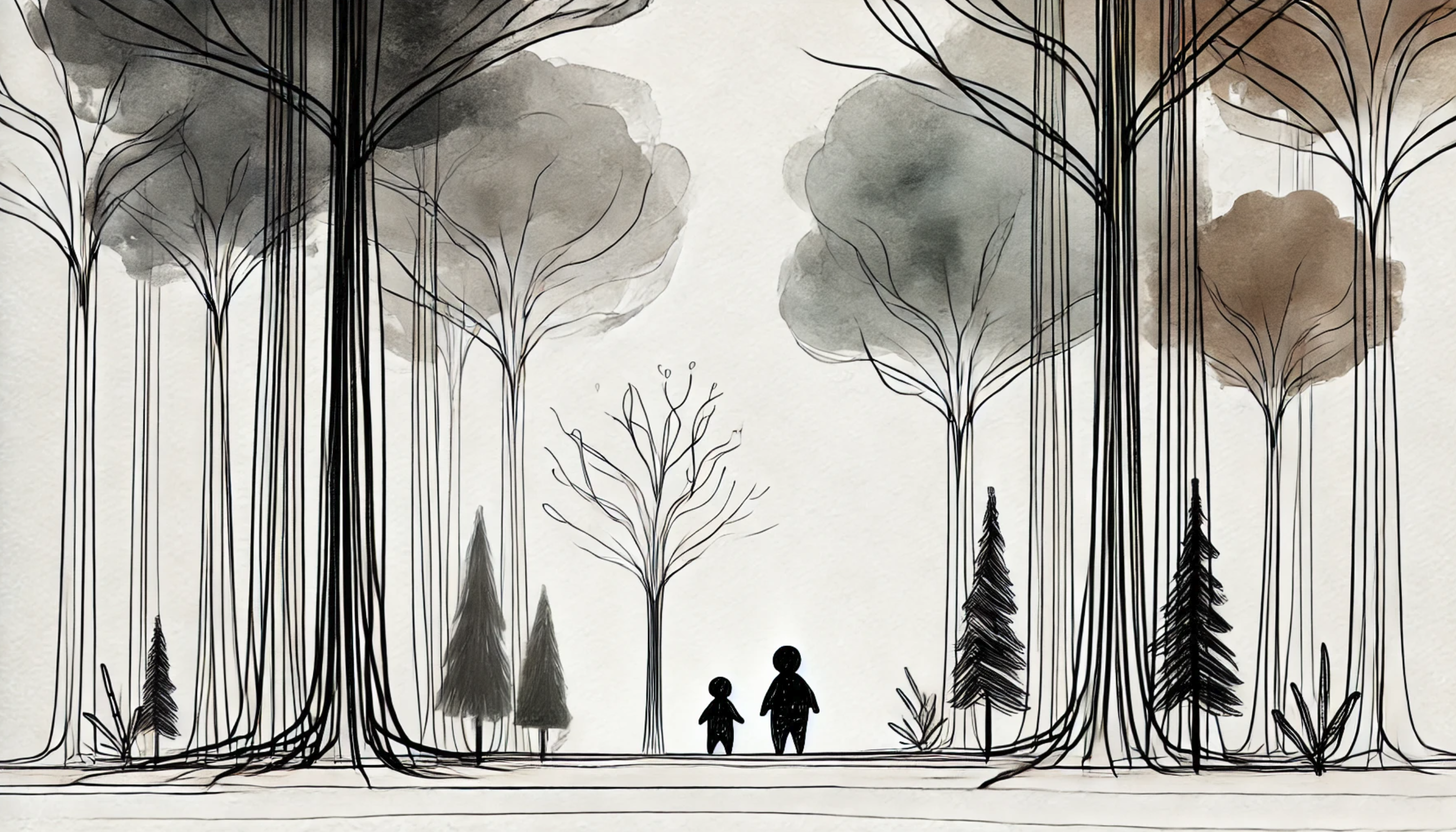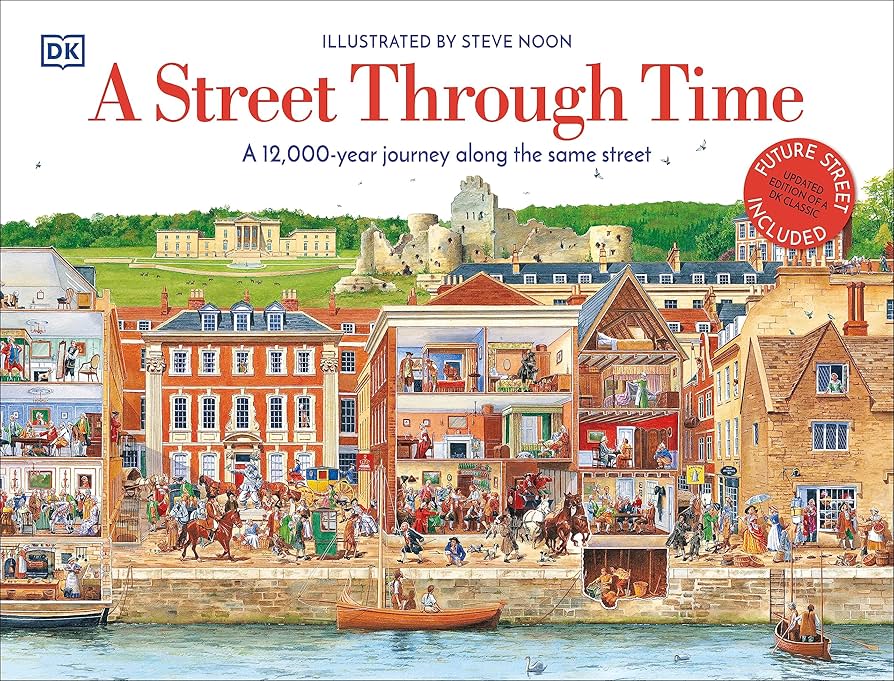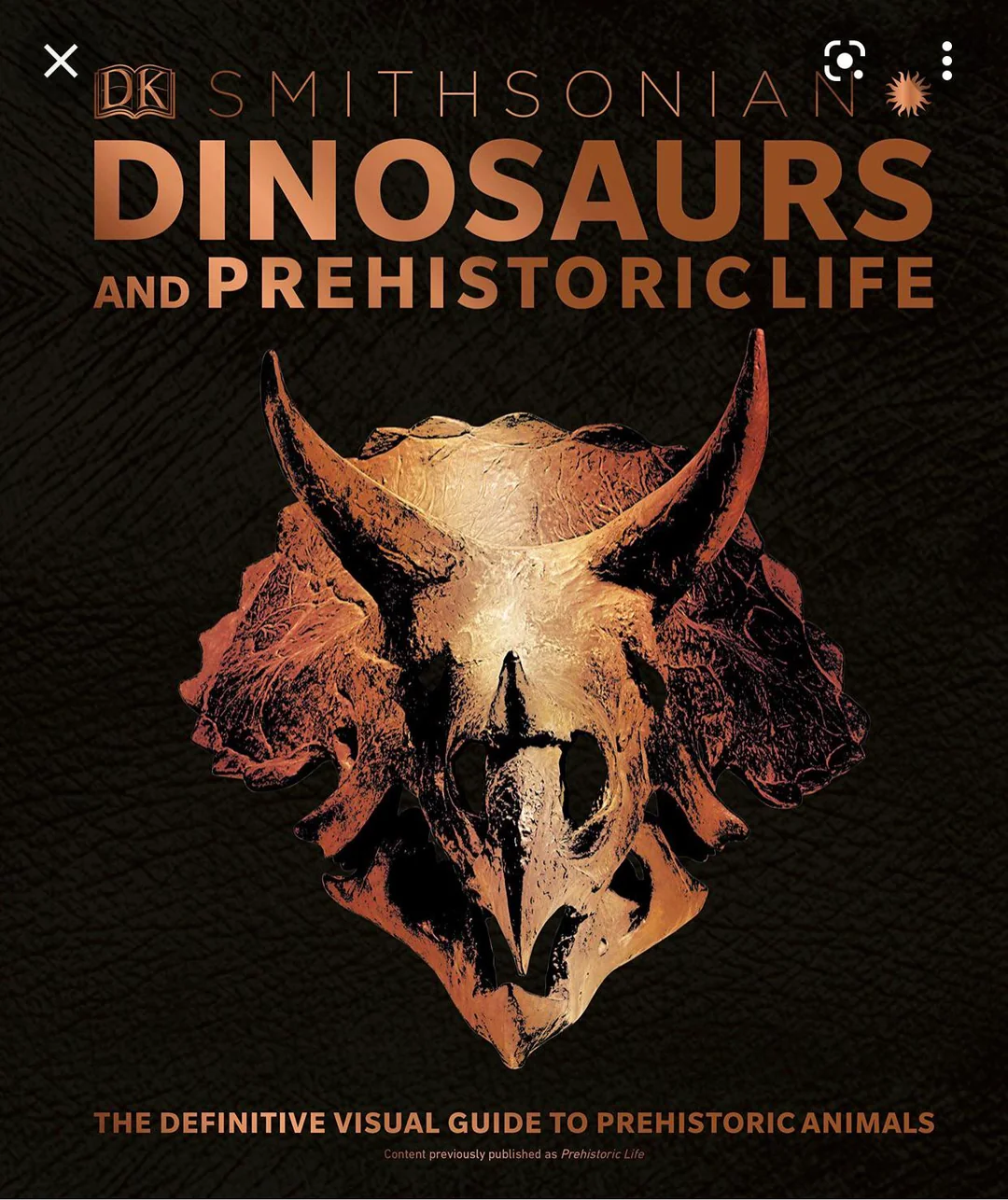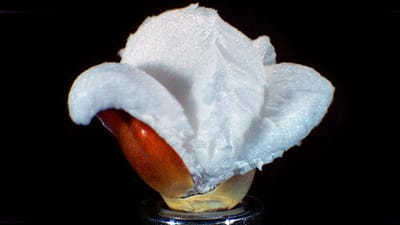How to Foster Curiosity in Kids

As a dad, I’ve always been fascinated by how naturally curious kids are. But it also got me thinking: how do we nurture this incredible spark as they grow older? In exploring this theme, I wanted to dive into why curiosity is so vital, the challenges it faces, and practical ways we can keep it alive in our kids.

Curiosity is the magic ingredient that powers lifelong learning. It sparks exploration, fuels creativity, and drives innovation. Kids are naturally curious, constantly asking, “Why?” “How?” and “What if?”. Sometimes so much that you wish for a pause button!
But as children grow, societal norms, academic pressures, and even screen time can dim this bright light. The good news? With the right support, curiosity can stay strong and thrive.
How can parents, teachers, and caregivers nurture and expand this innate curiosity? Let’s explore!
Why Is curiosity important?
It drives learning
Curiosity makes learning fun and effective. Research shows that curious minds absorb knowledge better and remember it longer. When we’re curious, our brains release dopamine, which boosts focus and makes us feel good.
It builds resilience
Curious kids approach challenges as puzzles to solve instead of obstacles to fear. This mindset helps them adapt and bounce back, an essential skill in today’s ever-changing world.
It fosters creativity
Curiosity inspires kids to imagine, experiment, and create. It’s the foundation for artistic expression, scientific breakthroughs, and technological advancements.
It enhances emotional intelligence
By encouraging curiosity about people and emotions, kids develop empathy and social skills. Asking questions about others’ feelings or perspectives helps them understand different viewpoints.
It promotes confidence
When kids are encouraged to explore their interests and ask questions, they gain confidence in their ability to navigate the world and find answers on their own.
But aren’t kids naturally curious?
Absolutely! Anyone who’s spent five minutes with a toddler knows how relentless their questions can be. Curiosity is a survival tool that helps children make sense of the world. However, as they grow older, factors like fear of being wrong, rigid schooling, and lack of encouragement can dampen their inquisitive nature.
The great news? Curiosity can be reignited and nurtured. All it takes is the right environment, tools, and mindset.
5 simple ways to foster curiosity
1. Encourage questions
Easier said than done in our busy lives, but when your child asks a question, don’t rush to answer. Instead, slow down and engage in discovery together.
Ask, “What do you think?” or “How can we find out?” This not only satisfies their curiosity but also teaches them critical thinking and research skills.
Tool tip: Use resources like Google, YouTube, or ChatGPT to explore topics together.
2. Turn everyday moments into experiments
Everyday activities can spark curiosity. Baking becomes a chemistry lesson (why does baking soda make cakes rise?). Gardening can lead to questions about photosynthesis. Even fixing a leaky faucet can turn into a lesson on engineering.
Tool Tip: Simple science kits or apps like Tynker and Scratch can turn these hands-on moments into creative learning adventures

3. Expose them to diverse experiences
New experiences are a powerful spark for curiosity, and they don’t have to cost a thing. A visit to a forest, a stroll through a train station, or a day at the park can transform into a world of questions and discoveries.
- At a train station, your child might wonder: Where do trains come from? Who operates them? Where do they “sleep” at night?
- In nature, they could ask why leaves are green, what animals live under rocks, or how many different colors they can spot in five minutes.
Broaden their horizons by exposing them to diverse cultures and ideas. Attend a free cultural festival, visit a mosque or church, or celebrate a tradition from another culture.
These experiences don’t need to be elaborate. They’re about creating opportunities to spark curiosity and open their minds to different perspectives.
Remember, your child’s world starts small. It’s up to you to expand it, showing them the richness of other ways of thinking and living. With every new adventure, their sense of wonder grows.
4. Model curiosity yourself
Children learn by watching adults. Share your curiosity with them. Say things like, “I’ve always wondered how this works. Let’s find out together!”
Show them it’s okay not to know all the answers and that learning is a lifelong adventure.
5. Explore picture books together
This my favourite one. Books with vivid pictures are a fantastic way to spark curiosity. Flip through photography books about nature, art, or history. Ask questions like, “What do you think is happening here?” or “Why do you think this is important?”
Sitting down with a book doesn’t just teach. It builds connection and opens up conversations.
Here are some of our favourite books:




The ripple effect of curiosity
When we nurture curiosity, we’re not just helping our kids do well in school. We’re equipping them with tools to navigate life’s complexities, make informed decisions, and find joy in discovery.
Best of all? It’s simply fun.
So, the next time your child asks a question that makes you pause, don’t just answer. Lean into the moment. Turn it into an adventure, a quest for knowledge you can share together. Who knows? Their curiosity might teach you something new too.
Remember, it’s not about having all the answers. It’s about enjoying the journey of discovery.
Happy exploring!





